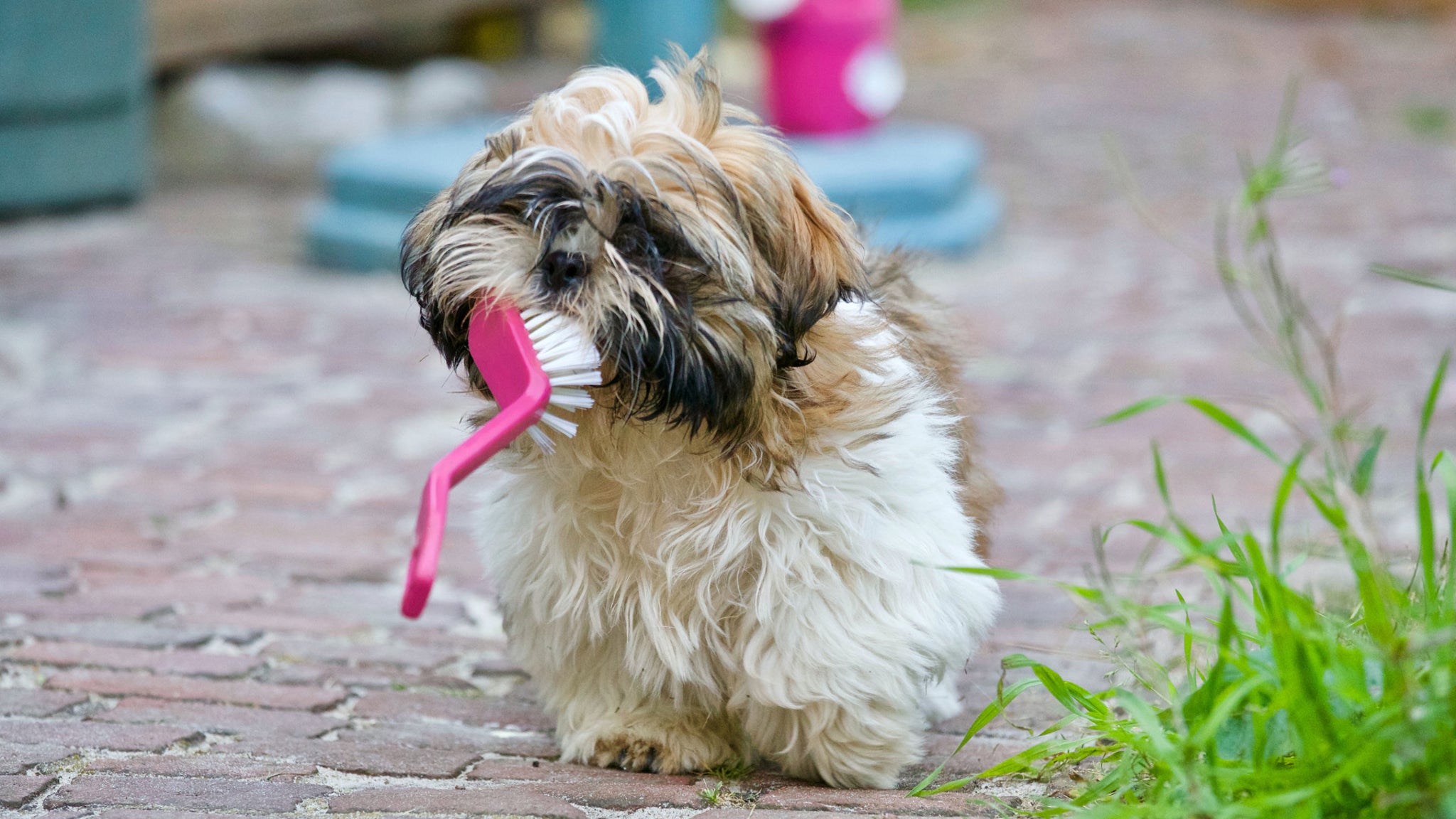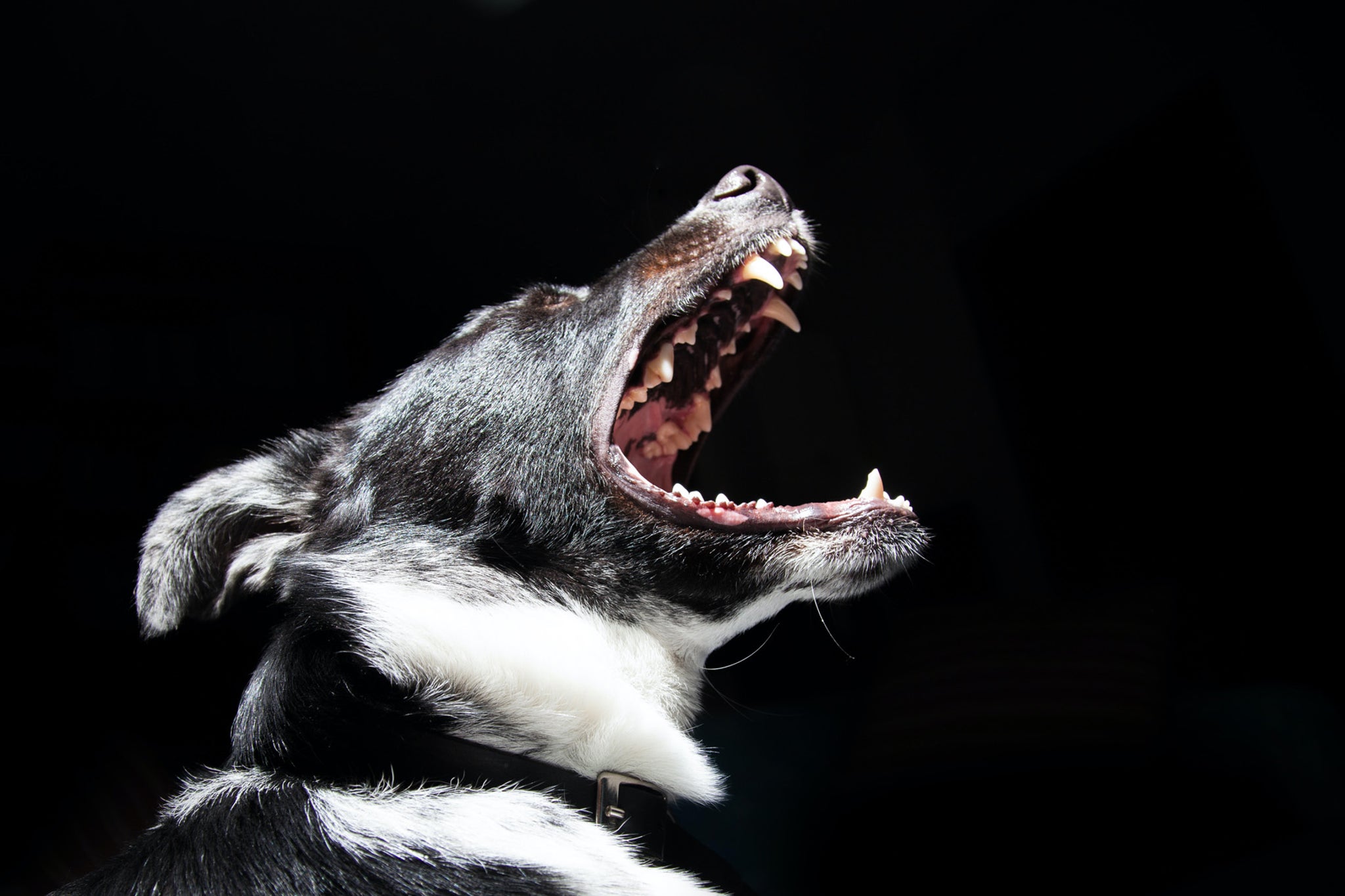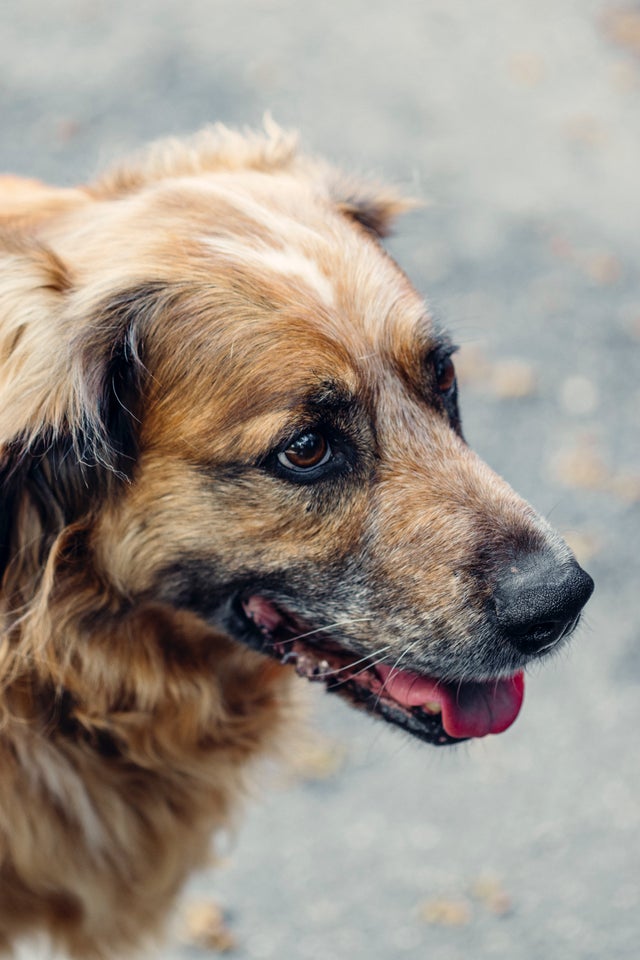Dogs need their teeth taken care of, just like humans. Neglecting to take care of your dog’s teeth and gums can lead to gum disease, discomfort, and issues throughout their bodies. Here are some things you should know about dental care in dogs to avoid complications in the future.
Canine Periodontal Disease Can be Dangerous
Dogs can show signs of periodontal disease as early as three years old, and the biggest indicator is odor in their breath. If your dog’s breath is pretty wretched and accompanied by a loss of appetite, vomiting, or excessive thirst/hunger, you will want to contact your vet. It’s important to maintain oral hygiene or your dog could be at higher risk of periodontal disease. If left untreated for long periods of time, periodontal disease can cause tooth loss and infections in other parts of the body.
Puppy Teeth to Adult Teeth Cycle
Your puppy will have 28 teeth within the first 8 weeks of birth—all of which will fall out. The teething process for puppies can be painful and long, for both of you. The 28 starter teeth will be replaced with 42 pearly white adult teeth. Your goal is to keep them that way—intact and white. The best way to keep your dog’s teeth clean later in life is to establish healthy dental habits from a young age. Get your puppy used to hands around their mouth and teeth so you can continue to clean them without hassle.
Ideal Appearance
Dog teeth should be white and not have any visible plaque or brown tartar. They should be comfortable with you handling their mouth and lifting gums to check. Their gums should be pale pink and meet the tooth with a ridged, knife-like texture.
7 Ways to Clean Your Dog’s Teeth
Luckily there are plenty of ways to keep your dog’s teeth clean and healthy. Again, these habits should be introduced from an early age for the best chance of success.
- Dog Toothbrushes and Toothpaste. Perhaps the most common form of dental care is brushing your dog’s teeth. That doesn’t mean it’s easy, but there are ways to ease your dog into toothbrushing. There are dog toothbrushes available for purchase, and you must use toothpaste that is safe for dogs. Human toothpaste is not safe for animals and it can cause stomach issues in your dog if swallowed. Veterinarians recommend easing into brushing with your dog, using the toothbrush alone first and allowing your dog to sniff and lick to decide it’s safe. Then introduce the toothpaste and allow them to inspect it as well. Most veterinarians recommend brushing teeth with enzymatic toothpaste at least once a week.
- Finger Brushes. These are similar to the toothbrushes, but you use your finger instead of a toothbrush. The tool slips over your finger and has rubber bristles to apply the dog toothpaste. These are recommended by veterinarians for training purposes, but aren’t as effective as the toothbrush because the bristles are shorter.
- Dog Teeth Wipes. Some people like to try these to switch up the routine or for an alternative if brushing doesn’t work. Dog teeth wipes are designed to remove plaque by rubbing along the gums. They may be easier to manage in dog’s mouths but don’t offer the same deep clean in between teeth as brushing. They can be used during training for dental care and offer an option for traveling because they are compact and relatively easy to use.
- Dog Dental Chews. Dental chews are designed to taste good to dogs while scraping plaque from the surface. For an added benefit, they are usually made with compounds that freshen dog breath. Veterinarians say they can even help reach back areas that are usually difficult to reach with brushing, and the chewing is soothing for dogs. Dental chews do not replace brushing.
- Dental Diets. There are a number of specially formulated diets that can help your dog maintain good oral health. Check with your veterinarian about diet choices that best address your dog’s oral health needs.
- Dental Toys. Many dental toys have shapes with crevices and ridges that are meant to help scrub dogs’ teeth while they get the pleasure of chewing. They mechanically scrape residue like plaque off teeth and many have enzymes that promote dental health.
- Professional Cleaning. If cleaning your dog’s teeth yourself is unsuccessful, you may want to ask the veterinarian for help. This may be especially useful for rescues or adults who are not used to tooth brushing. Having your dog’s teeth cleaned professionally will likely result in the best treatment and your veterinarian will be able to identify any issues while cleaning.

Bottom Line
All dogs need good dental care to prevent diseases later in life, and you can help establish good habits from a young age. There are many tools, toys, diets, and chews available, but brushing frequently at home is recommended by most veterinarians. You should never use human toothpaste on your dog, and you should ask your veterinarian about the best dental care options for your dog.





